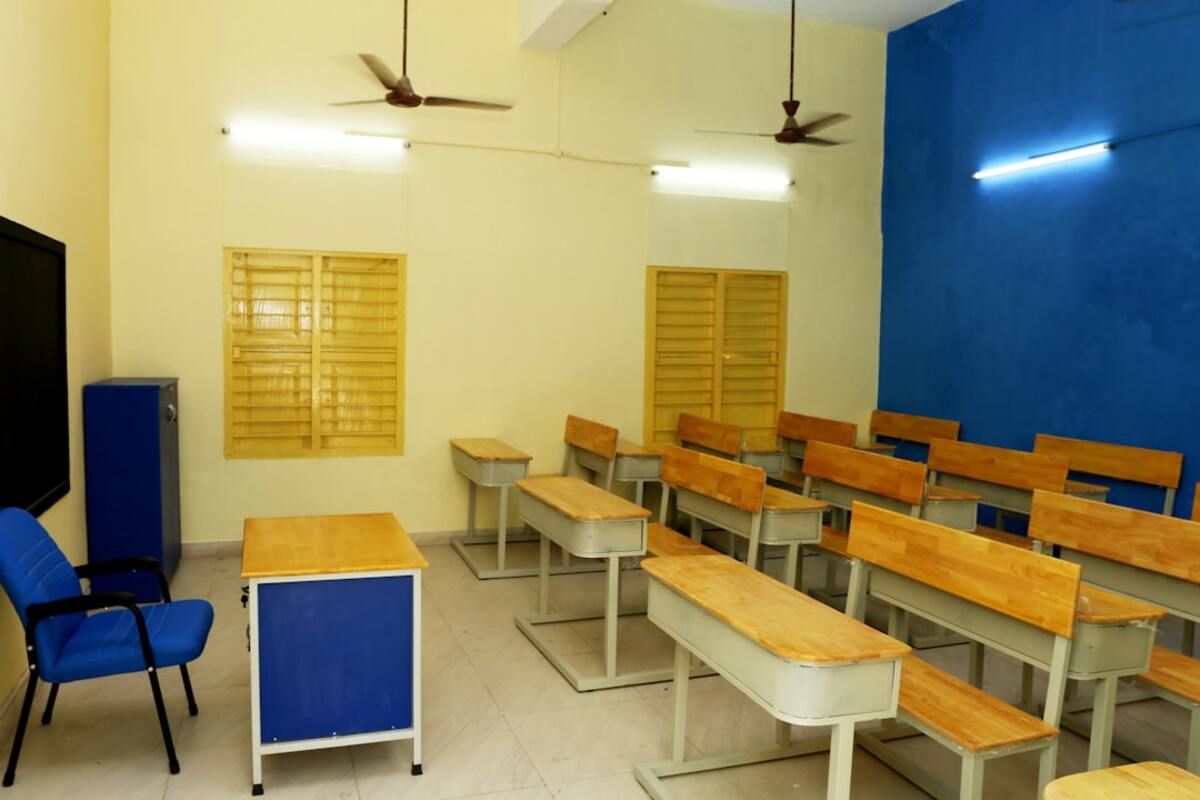The Rise of Micro-Schools: A New Horizon in Personalized Learning
Micro-schools are an emerging trend in education, offering personalized learning experiences with small class sizes and tailored curriculums.

- Micro-schools emphasize small class sizes and personalized attention.
- They offer flexible curriculums that can be adapted to students' needs.
- Micro-schools blend traditional and modern teaching methods for an enhanced learning experience.
Understanding Micro-Schools
Micro-schools are reimagining the educational landscape by providing an alternative to traditional schooling. Unlike large public schools, micro-schools emphasize small class sizes, typically accommodating between 10 to 15 students per class. This model allows for personalized attention from educators and fosters a supportive learning environment.
These schools often operate independently and have the flexibility to design curriculums that cater to the unique needs of their student body. This adaptability is crucial in addressing diverse learning styles and paces, which can be challenging in larger educational settings. Moreover, micro-schools often incorporate mixed-age classrooms, further enriching the learning experience by promoting peer learning and mentorship.
Benefits of Micro-Schools
One of the standout features of micro-schools is their ability to offer a tailored educational experience. This personalization not only enhances academic outcomes but also supports social and emotional development. Students benefit from a learning pace that suits them, reducing the stress and anxiety often associated with rigid educational systems.
Micro-schools also integrate technology seamlessly into their teaching methods. By leveraging digital tools and resources, educators can create a dynamic and interactive learning environment. This approach prepares students for the digitalized world and encourages critical thinking and problem-solving skills.
Another advantage is the community-centric approach of micro-schools. They often involve parents and local communities in educational activities, fostering a sense of belonging and collaboration. This involvement enhances the educational process, as students see learning as a collective effort rather than an isolated task.
Challenges and Considerations
Despite their benefits, micro-schools face several challenges. One of the primary concerns is accessibility. These schools can be more expensive than traditional options, limiting access for families from diverse economic backgrounds. Efforts to address this issue include offering scholarships and sliding-scale tuition models.
Furthermore, the regulatory environment for micro-schools can be complex. Navigating zoning laws, educational standards, and accreditation processes requires significant effort and resources. However, many micro-schools see these challenges as opportunities to innovate and redefine educational success.
In conclusion, micro-schools represent a shift towards more personalized and flexible education. Their growing popularity underscores a demand for educational systems that prioritize individual needs and holistic development. As this trend continues to evolve, it will be interesting to see how micro-schools adapt to changing educational demands and contribute to shaping future generations.
